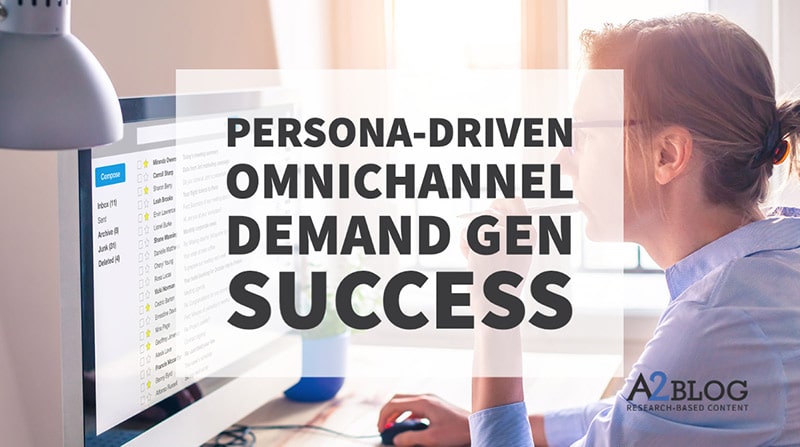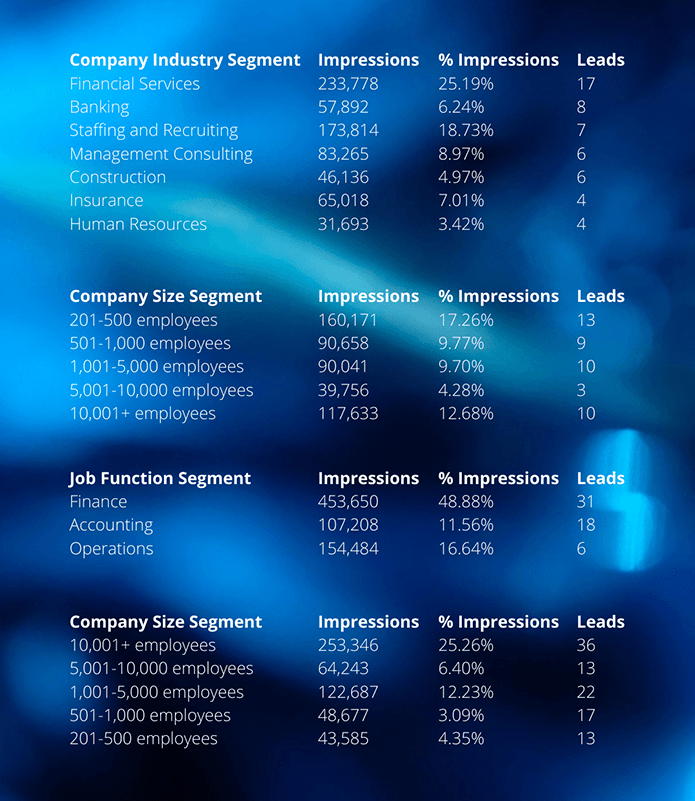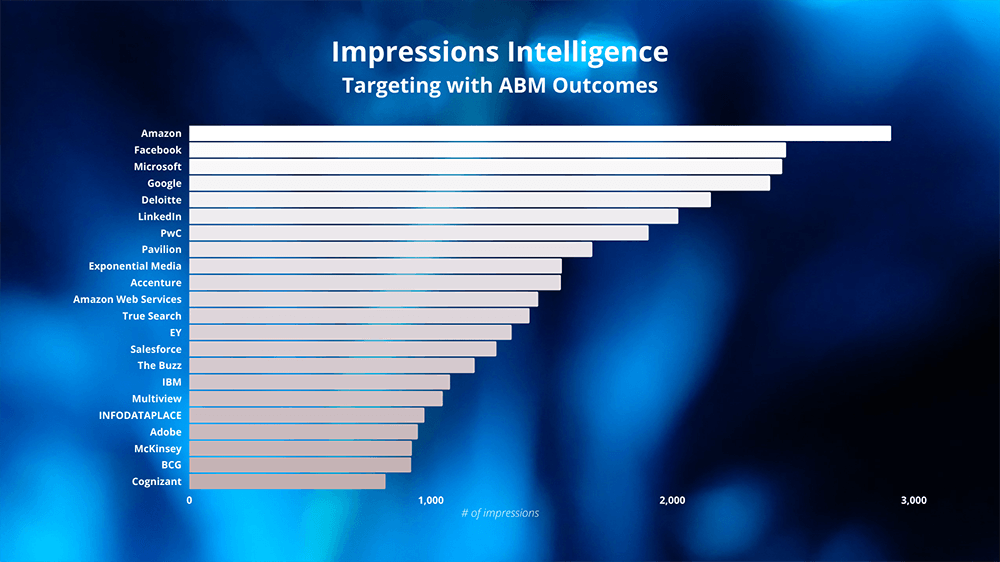Guest post contributed by Bret Smith, HipB2B
Our Starting Point
While many campaigns these days are ABM, there are still considerable persona-driven efforts in the process. Unlike ABM, where the most significant constraining factor is the number of companies and/or domains on the named account list, with persona-defined campaigns, the filters used to build target groups are often based around business card data and company firmographics.
For instance, we’re using contact function, department, level, and (sometimes) title information in constructing a persona-based target group. We’re also applying company filters such as employee count, revenue range, industries, and so on. When comparing an ABM target group and a persona-defined target group, the general outcome is that the latter is a more extensive prospect audience.
Whether driving demand gen outcomes via email or by other means, it’s important to note that it is generally true that securing those outcomes is more straightforward when using a persona to build the target group. Of course, the channel chosen alongside email, where the contact information is already known, must also provide a means to assemble a similar target group. That means a dashboard or platform where we can apply persona-defined filters.
Why Choose Persona-Driven Demand Gen?
The outstanding news about persona-driven omnichannel demand gen is that it is more scalable and repeatable than most ABM endeavors, for the very reasons stated above.
However, to drive omnichannel demand gen outcomes from two or more channels, it’s crucial to craft your Omni campaign so that the campaign runs concurrently in all channels, with consistent channel-appropriate messaging and results that meet the criteria of a demand gen budget. In my opinion, that means not only creating traditional outcomes like form completions but also assessing early demand, via clicks or another measure. If the “added to email” channel is LinkedIn Ads, the other significant action secured is what I call “impressions intelligence.”
With LinkedIn ads, advertisers can build a target audience using the demographic qualifiers I mentioned above. We can reach a new audience with minimal overlap versus our email-generated leads by advertising to LinkedIn members. Both sets of responders meet the campaign’s criteria such as company size, professional title, industry, etc.
Following these action items mean our clients can secure a powerful blend of verified business card data and firmographics on form completions, as well as clicks and the performance data on those who engage with the ad. Example LinkedIn ad intelligence output would include a report illustrating, by impression-count, which domains committed most, various location segments, job title/level/function, industries, and more.
This means we can define persona-driven omnichannel demand gen success as a campaign, executed simultaneously in 2 channels, resulting in a 50% lift in leads alone, over email only. With the “impressions intelligence” obtained, more can be learned about the prospect audience, even to the paradoxical extent of using it to build an ABM audience.
Here are a few extracts of LinkedIn intel for campaigns we recently ran for brands trying to reach various audiences. (Note: the email portion of the same campaign drove 200 leads from a similar target group.)
Apart from company and industry firmographic filters, you can clearly see how a persona-driven strategy is enabled when creating digital ads where a specific audience can be identified. Job function, job level and job title are also available. Various location segments help drill into the activity further.
Ultimately, it’s about the engagement that results. More specifically, did we see engagement lift in both channels by running integrated, concurrent campaigns, message-consistent campaigns?
The answer to that question is a resounding “YES”. Across numerous persona-driven campaigns, the desired outcome of a 50% lift in outcomes within both channels (email plus LinkedIn Ads) was met consistently, time and again.
Emphatically, omnichannel demand gen holds excellent promise.
That said, a couple of important closing points …
ABM Demand Gen Success
Of course, brands and their proxies are driving great digital demand gen outcomes now, and within an ABM strategy! One should note, however, that a persona-driven campaign is more scalable and more repeatable. ABM campaigns can be successful on LinkedIn, if planned and executed well).
and …
The Five Success “Pillars” of Omnichannel Demand Gen.
For every omnichannel demand gen endeavor, be it ABM or persona-defined, these five success “pillars” must be present:
- Revenue cycle KPIs must be met (nurture, onboarding, retention).
- Sustainable campaign planning for both lead volume and lead quality.
- A well-thought-out and integrated content marketing strategy to drive content creation and content distribution.
- The right martech stack, i.e., one that not only facilitates the demand gen needs of the present but can readily connect to new technologies as they become available, and
- Mastery of your channel (if email, experts on deliverability, engagement, spam triggers, send-over-time, automation, etc.)
Learn much more this November 10th, 2021 with Bret Smith and Bob Samuels on
“Candid with Bob – What Will Omnichannel Demand Gen Look Like?”
You can register at at https://us02web.zoom.us/webinar/register/WN_7pnY-r11Rn-6AwhCKjM-qw.
Guest post contributed by Bret Smith, HipB2B




